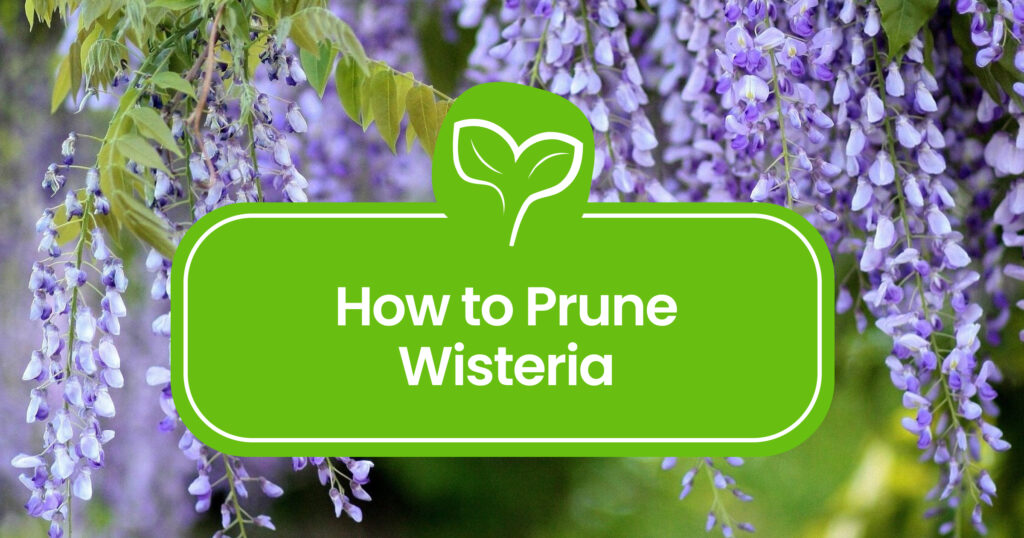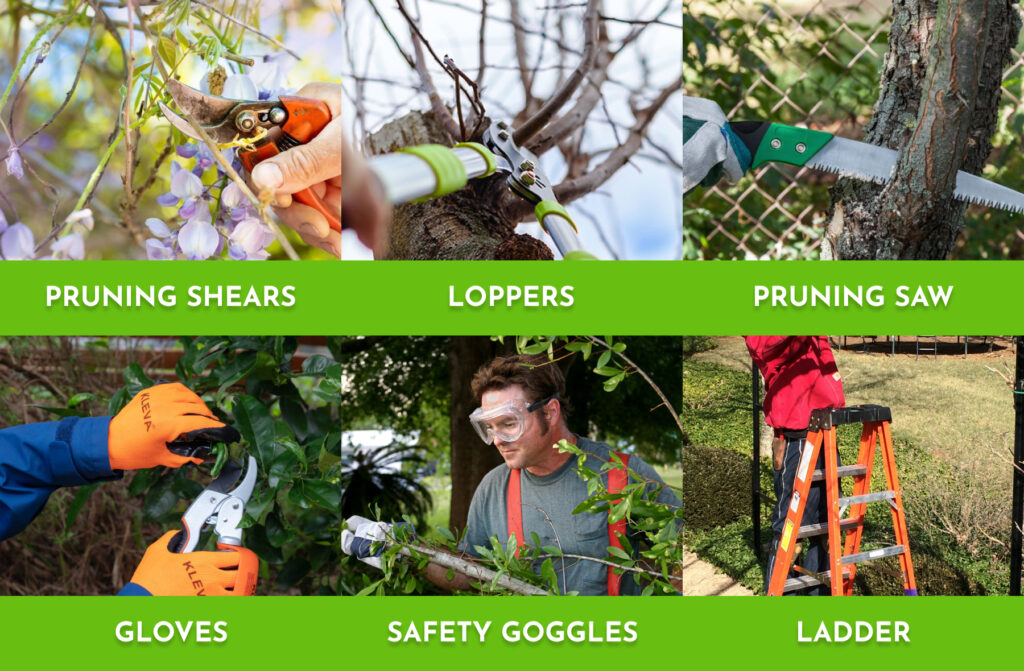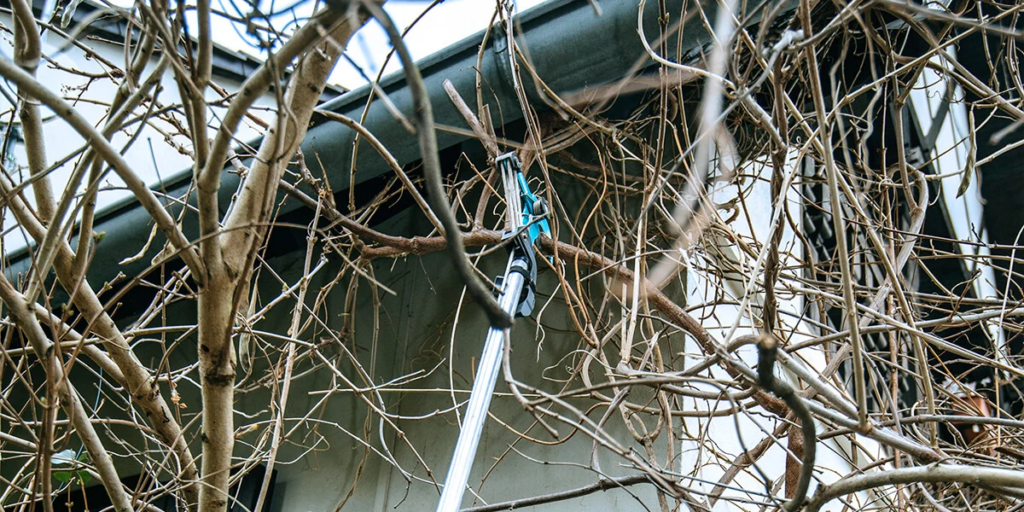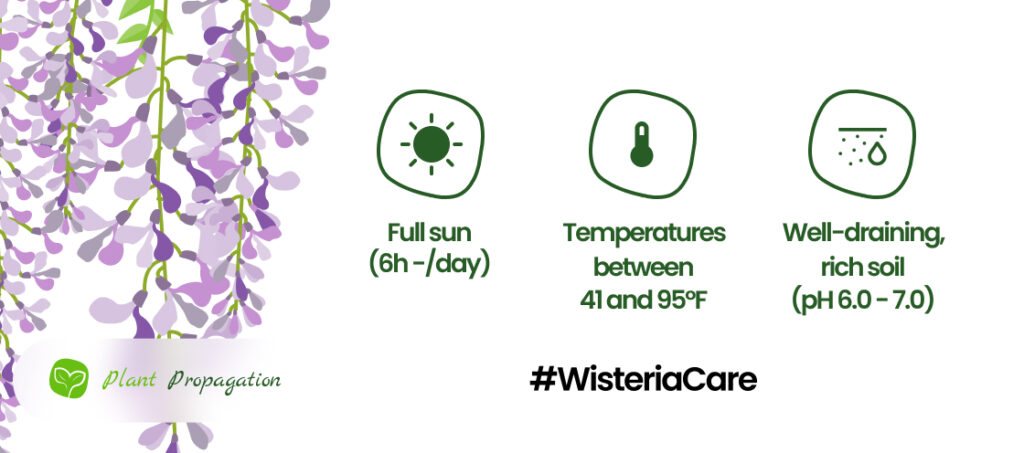
If the cascading beauty of wisteria has ever enchanted you, you know that a little pruning can go a long way in ensuring those vibrant blooms steal the show. In this guide, we’ll learn how to prune wisterias, covering everything from the best times to wield your pruning shears to dealing with an overgrown tangle. So, grab your gardening gloves, and let’s dive in!
When to Prune Wisteria
Timing is everything, especially when it comes to pruning plants. Wisterias respond well to both winter and summer pruning, each serving a unique purpose. Winter pruning, during the dormant season, encourages strong structure, while summer pruning keeps the growth in check and promotes flowering. The best time to prune in summer is July or August (after blooming) and the best time to prune in winter is January or early February.
Why should you prune in the Winter?
With the leaves gone in winter, inspecting the wisteria’s structure is easier. You need to focus on removing dead or damaged wood, trimming back unruly shoots, and focus on shaping the main structure. This sets the stage for a healthy burst of growth come spring.
Why should you prune in the Summer?
Summer is the season of vibrancy, and your wisteria should be no exception.
The primary aim during summer is to keep the growth in check, ensuring your wisteria channels its energy into producing those show-stopping blooms. Focus on removing excessive foliage, especially long, straggly shoots that can dominate the scene.
The Tools you’ll need
- Pruning Shears: Ideal for small branches and precision cuts.
- Loppers: For thicker branches that pruning shears can’t handle.
- Hand Saw: Useful for the really large branches.
- Gloves: Protect your hands from scratches and thorns.
- Ladder (optional): Depending on where your Wisterie grows, you might need a ladder to reach every part.

How to Prune Wisteria Step-by-Step:
Let’s get hands-on with the nitty-gritty of wisteria pruning. Follow these simple steps to ensure your wisteria becomes a masterpiece:
Winter Pruning Steps:
- As winter waltzes in, plan your wisteria’s first pruning. Late winter is prime—no leaves or flowers in the way, and branches are bare and accessible.
- Grab hand pruners, gloves, and a step ladder. Pruners for the job, gloves for protection, and a step ladder to reach those vines.
- Trim long shoots to 2-3 buds each, tidying up the vine and ensuring ample sunlight for blooms. Cut to buds on the inner side.
- Handle with care; avoid bumping the delicate flower buds to ensure a profusion of blooms.
- Decide on thin shoots: tie for coverage or trim to 1 inch if tangled.

Summer Pruning Steps:
- Post-flowering, gear up for late summer pruning. Hand pruners, ladder, and gloves at the ready. For hard pruning on an older wisteria, bring out the loppers or pruning saw.
- Trim shoots to 6 inches, leaving 5-6 leaves for a balanced look and energy-efficient growth.
- Trim unnecessary shoots for a neat appearance. Remove those sticking out randomly.
- Trim new growth every 2 weeks until summer bids adieu for a tidy appearance and more blooms.
- Decide on seedpods: keep for aesthetics or cut away if you prefer. Be prepared; they burst with rising temperatures.

How to Deal with an Overgrown Wisteria?
Has your wisteria turned into a wild jungle? Fear not; we’ve got you covered!
First, tackle the most problematic areas, removing excess growth, dead and damaged branches and suckers. If your Wisteria is severely overgrown, consider spreading the pruning over multiple seasons to minimize shock.
Aftercare
Pruning can put some extra pressure on your Wisteria, so some aftercare is needed.
- Watering: After giving your wisteria a trim, ensure it stays well-hydrated during the summer months. Keep the soil consistently damp until September to prevent drought stress, which could impact the floral display. Lack of moisture can lead to premature dropping of buds and flowers.
- Monitoring: Regularly inspect your wisteria for signs of pests or diseases. Prompt action can prevent potential issues from escalating.
To sum it up
That is all folks! Pruning Wisterias is not very difficult, but you need to keep in mind some things:
- Timing Matters: Prune wisteria during winter for structure and in summer to control growth. Strategic cuts during these seasons set the stage for a thriving plant.
- Right Tools for the Job: Arm yourself with pruning shears, loppers, a hand saw, and gloves to be effective.
- Aftercare is Key: Water well post-pruning, maintain soil moisture until September, and address issues promptly to ensure a spectacular wisteria bloom.
Happy Wisteria pruning!

Fequently Asked Questions
When should wisteria be cut back?
You should cut back your Wisteria about twice a year: first, right after flowering in the summer (July, August), second time in the dormant season: January / February.
How do you prune wisteria for maximum bloom?
To make your wisteria bloom to the max, prune long shoots back to 6 inches in early summer after the flowers are done. Get rid of any extra shoots that aren’t part of the main plant structure and trim away root suckers, especially for grafted types.
Why does my wisteria not flower?
If your wisteria isn’t flowering, a likely culprit could be sharp spring frosts causing buds to drop or distort. Aalso, check for excessive shade or insufficient potassium levels.
How often should I prune my wisteria?
Prune your Wisteria twice a year: first, right after flowering in July or August, second time in the dormant in January or February.

